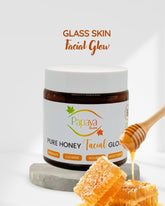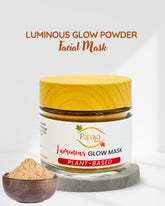Spring and Summer Honey: A Seasonal Spectrum of Color
Honey, nature's liquid gold, undergoes fascinating changes throughout the year, especially evident in the transition from spring to summer.
Light and Lively: Spring Honey
Spring honey is often characterized by its lighter shades, which can range from a pale, almost translucent yellow to a more pronounced light amber. This lighter color predominantly results from the types of flowers that bloom in spring, such as clover, acacia, and various wildflowers. These plants produce nectar that is naturally lighter in color, imparting a delicate and sometimes almost transparent hue to the honey.
The taste of spring honey is just as gentle as its color, often possessing a mild, sweet flavor that makes it a favorite for complementing, rather than overpowering, other foods. It’s a perfect addition to a cup of tea or drizzled over fresh fruit.
Rich and Robust: Summer Honey
As the seasons progress, the hue of honey deepens. Summer brings with it a richer, often golden brown coloration to honey, thanks to the nectar sourced from later-blooming plants like sunflowers, goldenrod, and various tree blossoms such as linden. These sources contribute to a deeper, sometimes almost molasses-like color and a bolder flavor profile.
Summer honey's taste can be more pronounced and complex than its spring counterpart. It carries a heavier, sometimes earthy flavor that stands up well in baking or as a robust spread on hearty breads.
Beyond Color: Regional and Environmental Influences
It’s important to note that while the season significantly influences honey's color, other factors play critical roles as well. The geographical area where the bees forage, the soil composition, and even the beekeeper’s processing methods can all alter the appearance and flavor of honey. This means that the same type of honey can vary dramatically from one region to another or from one beekeeper to the next, even within the same seasonal time frame.
Thus, the ever-changing palette of honey not only offers a glimpse into the natural cycle of plant life but also highlights the profound connection between our environment and the foods we enjoy. Whether you're a culinary aficionado or a casual consumer, the diverse range of honey available from spring to summer provides a unique tasting journey through the seasons.





